Sign up for workout ideas, training advice, reviews of the latest gear and more.

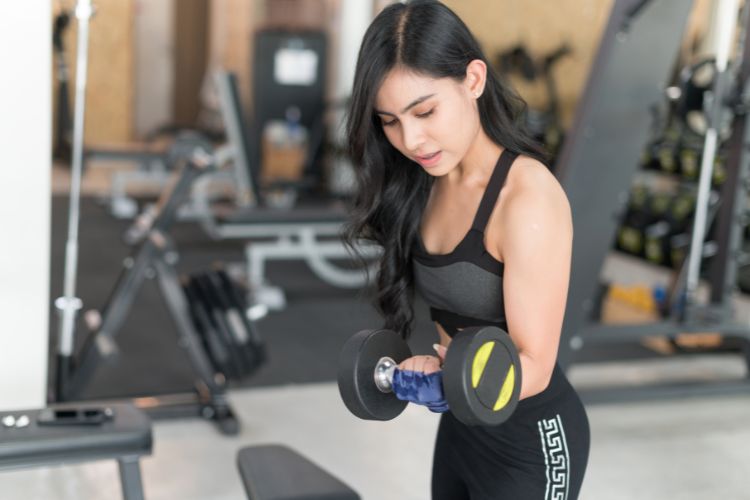
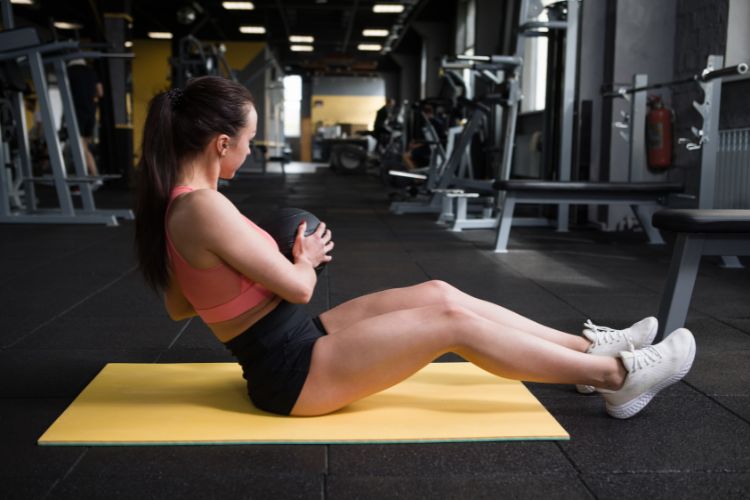
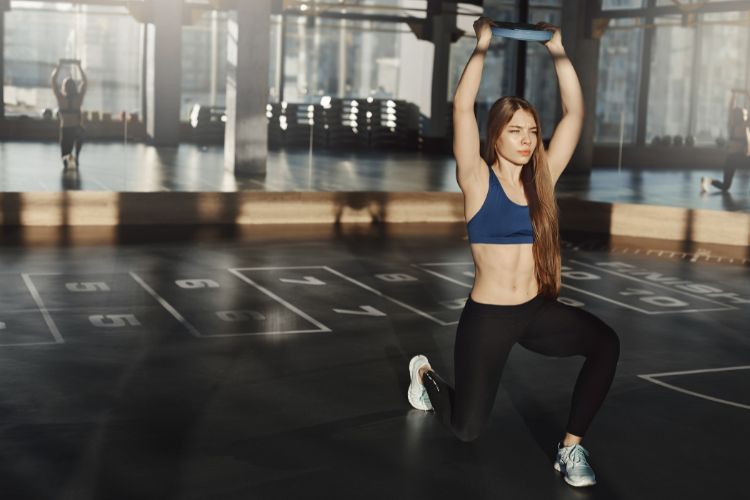
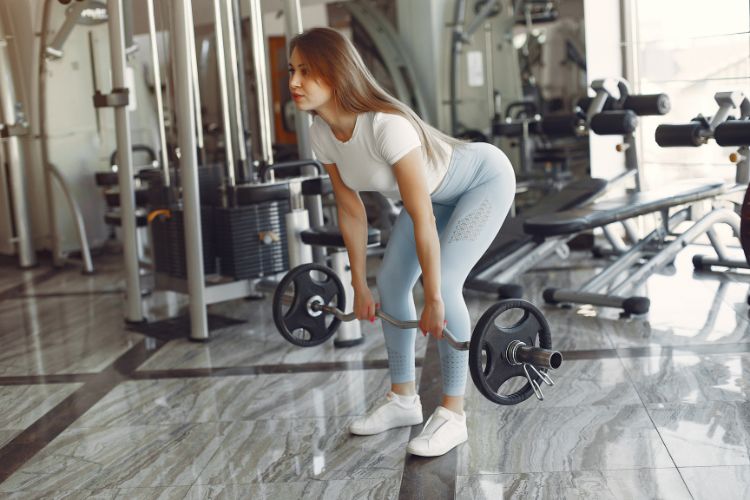
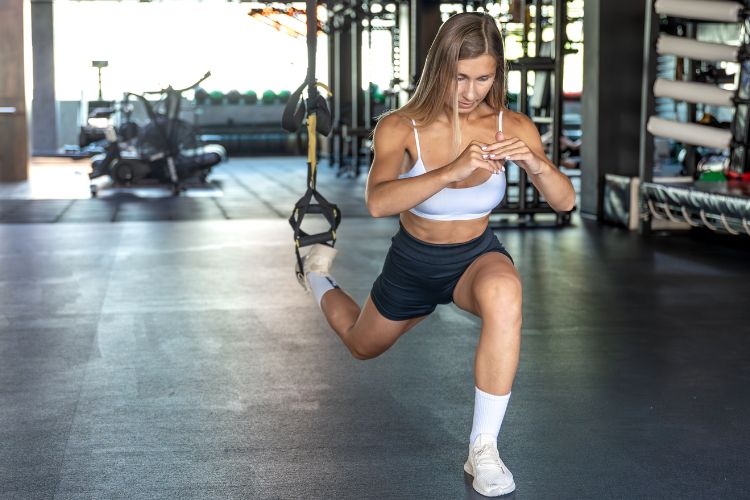
The single-leg squat, often referred to as the pistol squat, is a challenging yet highly rewarding exercise. It strengthens the lower body, enhances balance, and improves mobility, all while engaging core stability. For athletes, fitness enthusiasts, and beginners alike, mastering the single-leg squat is a fantastic way to develop unilateral strength and prevent muscle imbalances. In this post, we’ll dive deep into the benefits, form, progressions, and common mistakes associated with the single-leg squat.
The single-leg squat is an advanced lower-body exercise where one leg bears the entire load of the body while the other leg remains extended in front of you. This exercise primarily targets the quadriceps, glutes, hamstrings, calves, and core muscles. Performing a SLS requires not only strength but also flexibility, balance, and coordination.
One of the primary benefits of the single-leg squat is the development of unilateral strength, which refers to working one side of the body at a time. Unilateral exercises help reduce muscle imbalances between your left and right legs, which are common if you only perform bilateral exercises like standard squats. Over time, muscle imbalances can lead to injuries, postural problems, and decreased athletic performance.
Since the single-leg squat forces you to balance on one foot, it significantly improves your balance and coordination. By regularly performing this exercise, you can develop a more stable base, which benefits your overall athletic performance and everyday activities such as walking, running, and climbing stairs.
To execute a full single-leg squat, you need a good range of motion in your hips, knees, and ankles. As you work on this exercise, your lower-body flexibility will improve, reducing your risk of injury and increasing your mobility. This enhanced mobility is especially beneficial for those looking to improve their functional fitness.
Maintaining proper posture during a SLS engages your core muscles, which are responsible for keeping your torso upright and stable. A strong core translates into better posture, improved balance, and increased resistance to lower back injuries.
By strengthening the stabilizing muscles around the joints, particularly the knees, hips, and ankles, the single-leg squat helps prevent common injuries associated with these areas. Athletes, in particular, can benefit from improved joint stability, which reduces the likelihood of ligament tears and strains.
Executing a single-leg squat with correct form is crucial to avoid injury and maximize the exercise’s benefits. Follow these steps to perform the exercise correctly:
Like any advanced movement, the single-leg squat requires practice and precision. Avoid these common mistakes to ensure you’re performing the exercise safely and effectively.
One of the most common errors during a single-leg squat is allowing the knee to collapse inward (valgus collapse). This can place undue stress on the knee joint and lead to injury. To prevent this, focus on keeping your knee in line with your toes throughout the movement. Engage your glutes and keep your core braced to maintain stability.
Many people tend to round their lower back as they descend, which can strain the spine. To avoid this, maintain an upright torso and engage your core muscles to keep your back straight. Imagine there’s a string pulling you up from the crown of your head to encourage proper posture.
Without proper core engagement, you’ll struggle to maintain balance during the single-leg squat. Make sure to brace your core throughout the movement. This will help you stay stable and prevent wobbling as you lower down and push back up.
Some individuals may not be able to perform a full single-leg squat due to limited flexibility or strength. In this case, it’s better to focus on your range of motion and gradually increase depth over time. You can start by performing partial squats or using support, such as holding onto a TRX band or chair, until you build the strength and flexibility for a deeper squat.
If you’re new to the SLS, don’t worry if you can’t complete a full repetition right away. There are several progressions that can help you build the necessary strength, balance, and flexibility.
Using a sturdy object like a chair or wall for balance is a great way to ease into the SLS. Stand next to the chair or wall, holding it with one hand for support. Follow the same form cues, but rely on your arm for balance until you feel strong enough to perform the squat unassisted.
The single-leg box squat is another excellent progression for beginners. Set up a sturdy box or bench behind you, and perform the squat by lowering yourself onto the box, then pushing back up. As you get stronger, you can use a lower box or eventually eliminate it altogether.
The Bulgarian split squat is a fantastic exercise to develop unilateral leg strength and balance. With one foot elevated behind you on a bench or step, perform a squat with the working leg. This move mimics the single-leg squat’s movement pattern, preparing you for the full version.
Incorporating eccentric (negative) movements into your training is an excellent way to build strength and control. To perform an eccentric single-leg squat, lower yourself slowly into the squat position (for about 3-5 seconds), but use both legs to stand back up. This focuses on the descent, where much of the strength-building occurs.
Once you’ve mastered the basic SLS, there are several variations you can try to keep your workouts challenging and engaging.
The pistol squat is the classic single-leg squat variation, where you squat down on one leg with the opposite leg extended straight in front of you. It’s one of the most advanced versions of this exercise and requires a high degree of strength, balance, and flexibility.
Using a TRX suspension trainer allows you to perform SLS with assistance, making it easier to maintain balance and control throughout the movement. This variation is ideal for those still working on building strength or recovering from an injury.
Once you’ve developed proficiency with bodyweight single-leg squats, you can increase the intensity by adding weights. Holding a dumbbell or kettlebell close to your chest adds resistance, making the exercise more challenging and effective for building strength.
This explosive variation combines strength with plyometric training. Perform a SLS, then immediately jump onto a box or platform. This exercise is fantastic for building explosive power in the legs and improving overall athleticism.
Single-leg squats can be incorporated into various types of workouts, from strength training to functional fitness. Here are a few ways to integrate them into your routine:
Include single-leg squats as part of your leg day to develop unilateral strength and improve lower-body balance. Aim for 3 sets of 6-8 reps per leg, focusing on proper form.
Add single-leg squats to functional fitness circuits for a full-body workout. Pair them with other bodyweight exercises like push-ups, lunges, and planks to build overall strength and endurance.
Performing bodyweight SLS during your warm-up can improve mobility and activate key muscle groups before a workout. Start with 1-2 sets of 5-6 reps per leg to prime your body for more intense movements.
The single-leg squat is a powerhouse exercise that offers numerous benefits, from building unilateral strength and enhancing balance to increasing flexibility and core stability. While it’s a challenging move, there are plenty of progressions and variations to help you work your way up to the full version. By incorporating SLS into your routine, you’ll not only improve your lower body strength but also enhance your overall athletic performance and reduce your risk of injury.
Stay up to date on the latest women’s health, fitness and lifestyle trends and tips.